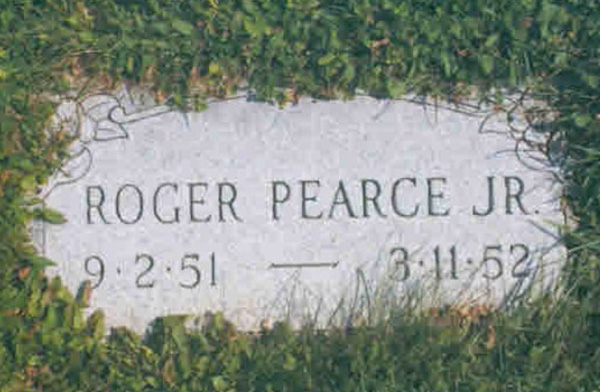Supreme Court Considers State's Quest for One-Third of Girl's Med-Mal Settlement
The medical care of 12-year-old Emily Armstrong is at the center of a pre-emption case before the U.S. Supreme Court.
Justices heard oral arguments in the case on Tuesday, according to McClatchy Newspapers and SCOTUSblog, which previewed the case. Armstrong, of Taylorsville, N.C., was injured at birth, allegedly as a result of medical malpractice. She is deaf and blind and suffers from cerebral palsy. Her parents sued and obtained $2.8 million in a 2006 settlement.
Lawyers for North Carolina say the state spent more than $1.9 million in Medicaid funds providing care for the girl, and it’s entitled to one-third of the settlement. North Carolina makes the claim under a state law permitting it to seize the lesser of: one-third of a med-mal settlement, or the total Medicaid spending on a patient.
The federal Medicaid law, however, bars state governments from imposing liens on Medicaid patients’ property. The federal law has been interpreted to bar liens on portions of a settlement that don’t cover medical costs, such as pain and suffering. The settlement in Emily Armstrong’s case doesn’t have a breakdown of how much was attributable to medical costs.
Lawyers for the Armstrong family argued that the state may be entitled to an assumption that it may collect one-third of the settlement, but individual hearings are needed.
Justices Sonia Sotomayor and Elena Kagan raised questions about whether the one-third rule was arbitrary, according to the McClatchy account. Sotomayor asked why the state set the percentage at one-third. “You just picked it out of the air?” she asked. “You could pick 40, 50, 60. How do we draw the line?”



